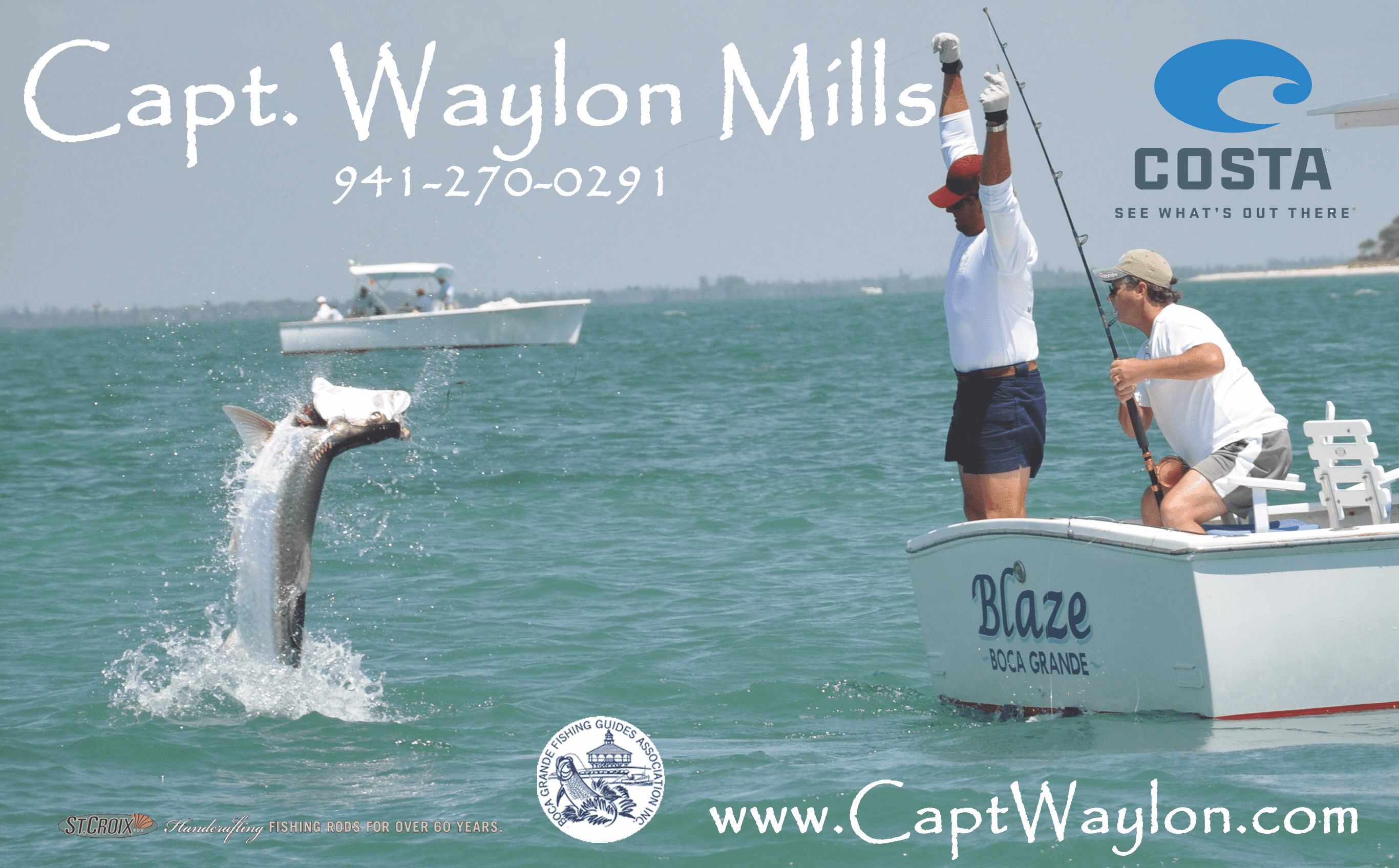High dunes, nesting loggerheads and a somersault back after hatching


BGSTA photos
BY ARLENE HALL, BGSTA SECRETARY
A couple of weeks ago I wrote about the need to keep the beaches flat, filling in holes and leveling sand structures. But Mother Nature doesn’t listen to anyone, and she will create high hills and steep cliffs wherever she pleases, thank you very much. The astounding movement of sand from the double whammy storms of Helene and Milton late last summer has created some unusually challenging terrain.
From around 22nd Street south to 17th Street, sand that piled westward by the storms formed high dunes that still remain today. In a few places, there are signs that residents have smoothed and leveled the sand a bit, but overall, the beach looks very different than last year. In fact, when walking onto the beach from the 19th Street access, one’s feet are now level with the tops of the old wooden fence posts that once bordered the path. From there, the sand’s descent to the water is steeper than ever. At one nearby home just to the north, a huge dune has become the primo spot for those nesting loggerheads that want only the best for their hatchlings; at the time of this writing, three nests are staked out on the top. While the climb to the top of this dune must have been extremely difficult for these huge females, their efforts to find a spot safe from any high surf will hopefully pay off. It will be interesting to see how the hatchlings from those nests navigate down that dune to the water. I wonder if it will be like when you were a kid running downhill so fast your legs could barely keep up until you finally topple and somersault to the bottom.
Further south at 14th Street, one can see how much sand is missing from the beach. A large, steep ramp of sand had to be installed just to enable people to get from road level down to the beach. Only two streets further south at the 12th Street access, you can walk out to the beach from the road – just don’t walk too far! Orange cones currently alert you to the dangerous drop-off enhanced by relentless erosion by the surf. I call this area “The Cliffs of 12th Street.” In mid-May, the drop from the top of the sand to the water level looked like it was more than eight feet but after much foot traffic and a little rain, it seems to be settling a bit. I suspect this sand dune was a joint project by Mother Nature and man, but it definitely impacts the turtles.
Initially, a few nesting females emerged from the water and encountered the cliffs, only to turn around and nest elsewhere. A few weeks ago, I could tell by the tracks left on the side of the cliff that one nesting female was nearly vertical as her right side went up the side of the slope during her turn back to the water. Fortunately, now that the surrounding area is no longer as steep, the turtles have been more successful at navigating up onto the dune and we have documented a couple nests and a few more false crawls there.

When conditions are right, waves that wash along the shore can also create escarpments. Escarpments are a sharp change in elevation of the sand on the beach due to erosion. Sometimes they are only a few feet long but sometimes they can go on for 100 or more feet. When the difference in elevation is 18 inches or more, this can create yet another challenge for nesting females. Some will scale those steep slopes to reach a better nesting area farther from the surf but many are discouraged and go back to the water, emerging somewhere else that will hopefully offer an easier route toward the dunes.
Last week I hinted that we had seen our first green turtle activity on the island. In fact, we had one false crawl and one nest in the past week! Green sea turtles are rarer than loggerheads on our island, and we usually see no more than a couple dozen green nests during a good year. These creatures are larger than loggerhead turtles (but have smaller heads), leaving wider tracks and massive nests. Interestingly, the green sea turtle gets its name not from the color of its shell, which is generally dark brown, grey or olive colored, but from the color of its fat. Fingers crossed we see many more of these beautiful creatures nesting on our beaches this season!
Visit our website bocagrandeseaturtles.org.
From Florida State Parks:
Gasparilla Island: 11 Loggerhead, 1 Green
Cayo Costa: 218 Loggerhead, 1 Green
Don Pedro: 68 Loggerhead, 1 Green
Stump Pass: 18 Loggerhead









